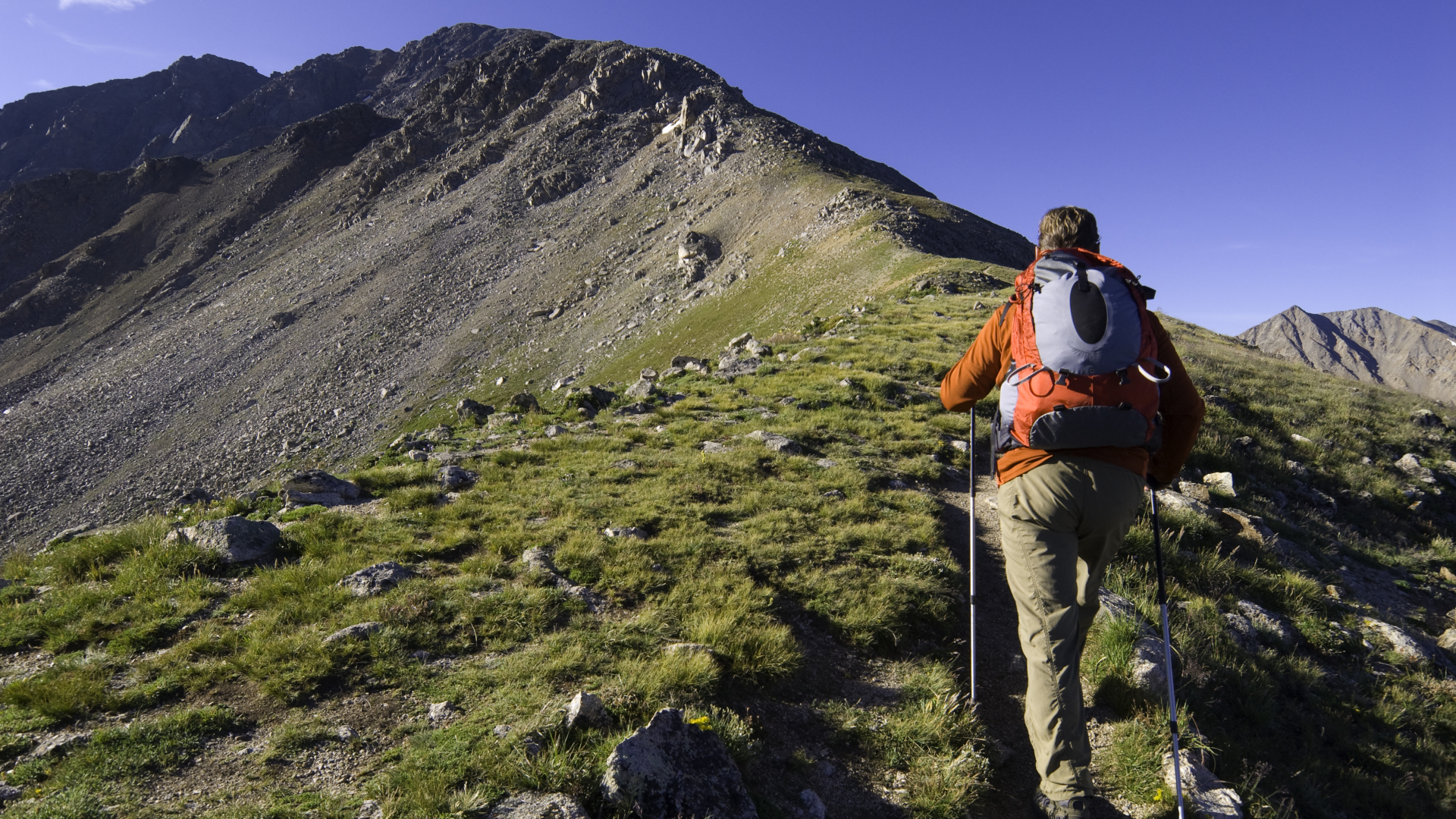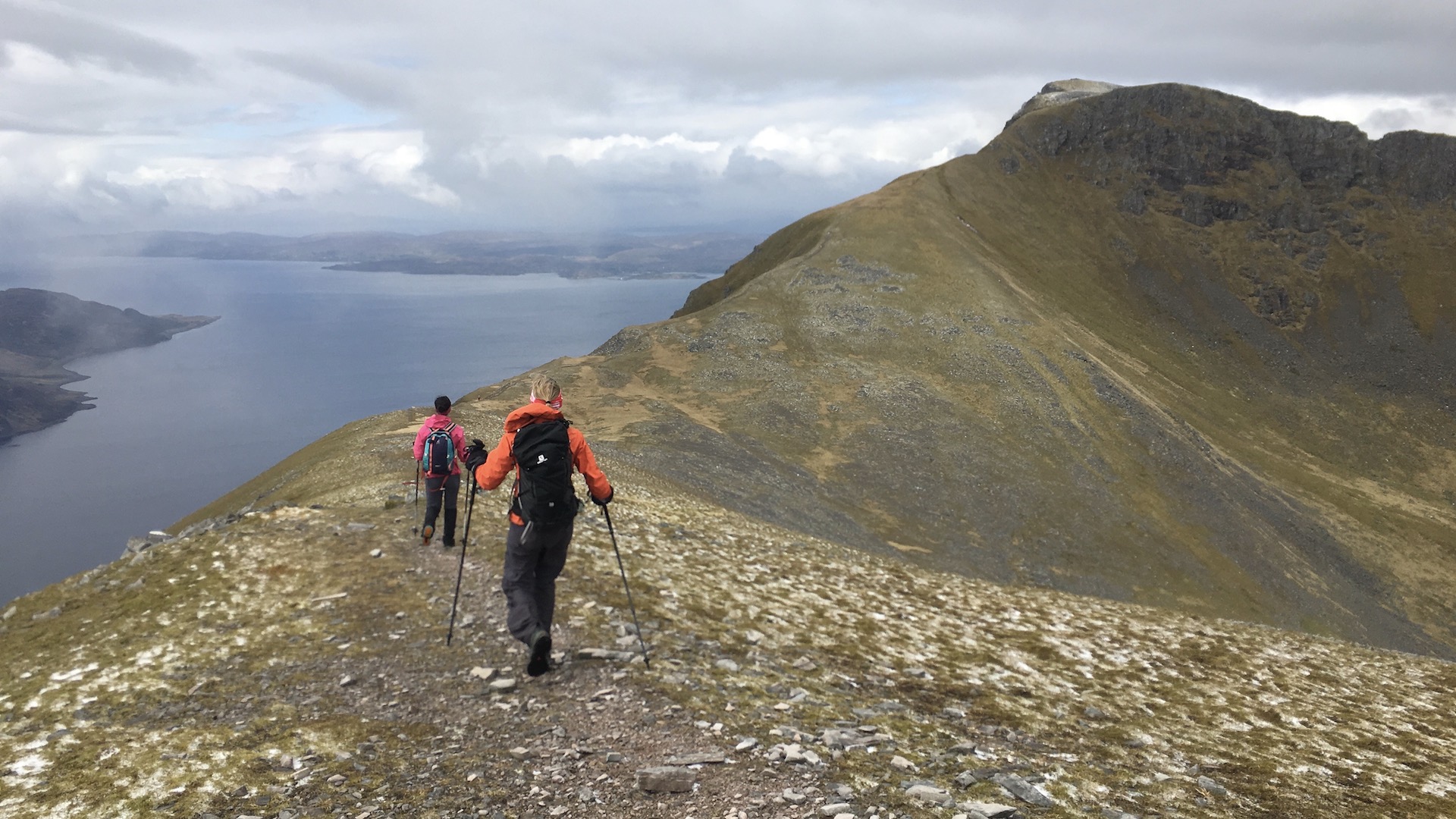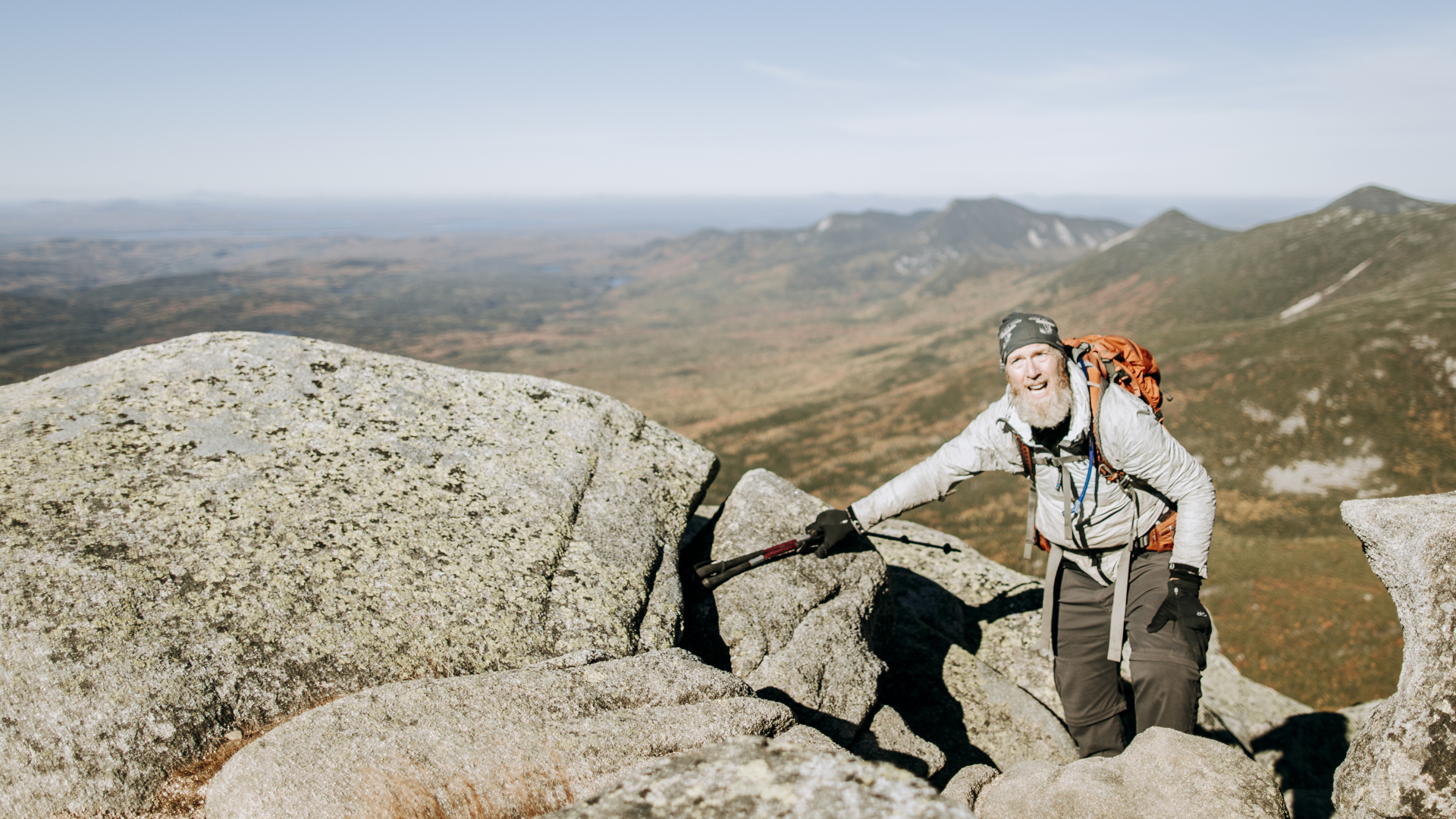Tricked by a false summit? How to avoid this hiking pitfall
Many an unsuspecting hiker has been rebuffed by a false summit – here’s how to avoid joining their ranks

Whether you’re hiking for the views, the workout or the kudos of bagging a peak, it’s difficult not to focus on one thing: the summit. So there are few things more disappointing when, after huffing and puffing your way up an unrelenting slope for the past 40 minutes, your eyes fixed on the peak ahead, you arrive only to discover it’s not the top at all. Instead, yet another uncompromising climb stretches out ahead of you and now your hiking boots are starting to feel as though they’re filled with concrete. On a particularly bad day, you fling your backpack down in frustration, eat your packed lunch, then head back the way you came without seeing the summit at all. False summits have long been the downfall of many an over ambitious and underprepared hiker, but with a little preparation you can conserve your energy and experience the rewards of the true top.

What is a false summit?
A summit, as you probably know, is the highest point of a mountain or hill, though it’s also used as a verb these days to describe the act of reaching that highest point. A false summit, therefore, also known as a false peak, is a mountaineering term that describes a trick of the eye where a rocky protrusion such as a shoulder or minor peak of a hill or mountain appears to be the summit to hikers ascending from below. The real summit is temporarily hidden from sight by the grade of the slope and any outcroppings.
As a side note, this is different from the dubious practice of certain mountaineers making false claims as to having summited a mountain when they haven’t, though the term is often rather confusingly used in that context. It is also different from standing on a mountain top where it’s difficult to ascertain which section is indeed the highest point.

False summits are extremely common – the Colorado 14er Mount Elbert has two of them on the way to the true top. At 14,440 ft it’s the highest mountain in the state, so it’s perhaps not surprising that there are a few red herrings along the way, but they can show up on smaller hills, too. For example, Dumgoyne is a small hill just outside of Glasgow, Scotland, that at 1400 ft tall is positively tiny compared to Elbert. You can easily see the summit of this volcanic plug from the road where you park your car to begin climbing. However the climb itself is so steep that once you get going, a deceptive false summit lures you to a sense of impending completion, while you still have a bit more ground to cover.
And therein lies the problem with false summits. They can be extremely psychologically discouraging for hikers. Crushing, in fact, under the right conditions. If you’re really pushing yourself on a hike and you’re pinning all of your mental and physical efforts on a point that you believe is going to bring you relief from your suffering, when it doesn’t deliver, you may find yourself unable to continue. Many an unsuspecting hiker before you has been turned back by the illusion of a false summit, fatigued and disappointed. It can make you feel less physically capable than you really are and it may be very dispiriting, to say the least. In the worst case scenario, the temptation of a summit and subsequent "summit chasing" can lure unprepared hikers further than they ought to go on a hike, leaving them in danger of being unable to hike out due to exhaustion.

How to prepare for a false summit
So what can you do to avoid the pitfalls of a false summit? As usual in these types of scenarios, the answer lies in preparation. It’s helpful to read route reports before you even get to the trailhead, either in a hiking guidebook or using a navigation app like Komoot. Trip reports will typically make mention of any false summits, so you can arm yourself ahead of time with the knowledge that the first, second and perhaps third “summits” you set your eyes on are merely an apparition.
There is also a good argument here for carrying navigational tools on a hike and knowing how to use them. Know how to read a map, carry a compass and even use a GPS watch if you love tech – if you know where you are then you’ll know exactly how long you still have to go before you reach the top. Then you can mentally resign yourself to knowing that, in this moment, you simply can’t see the top so you might as well just enjoy the journey.
All the latest inspiration, tips and guides to help you plan your next Advnture!
And finally, there’s a lesson here in rationing out your efforts. Putting all of your remaining reserves into reaching the pinnacle of the mountain is a false economy, even if it turns out to be the true summit – you always want to keep some gas in the tank for getting lost, stranded and just getting back down. Find a sustainable hiking pace for you, even if it means you’re a slow hiker, take breaks when you need to, carry enough food and drink plenty of water so that you have the energy to press on if a summit turns out not to be a summit after all.
Julia Clarke is a staff writer for Advnture.com and the author of the book Restorative Yoga for Beginners. She loves to explore mountains on foot, bike, skis and belay and then recover on the the yoga mat. Julia graduated with a degree in journalism in 2004 and spent eight years working as a radio presenter in Kansas City, Vermont, Boston and New York City before discovering the joys of the Rocky Mountains. She then detoured west to Colorado and enjoyed 11 years teaching yoga in Vail before returning to her hometown of Glasgow, Scotland in 2020 to focus on family and writing.

